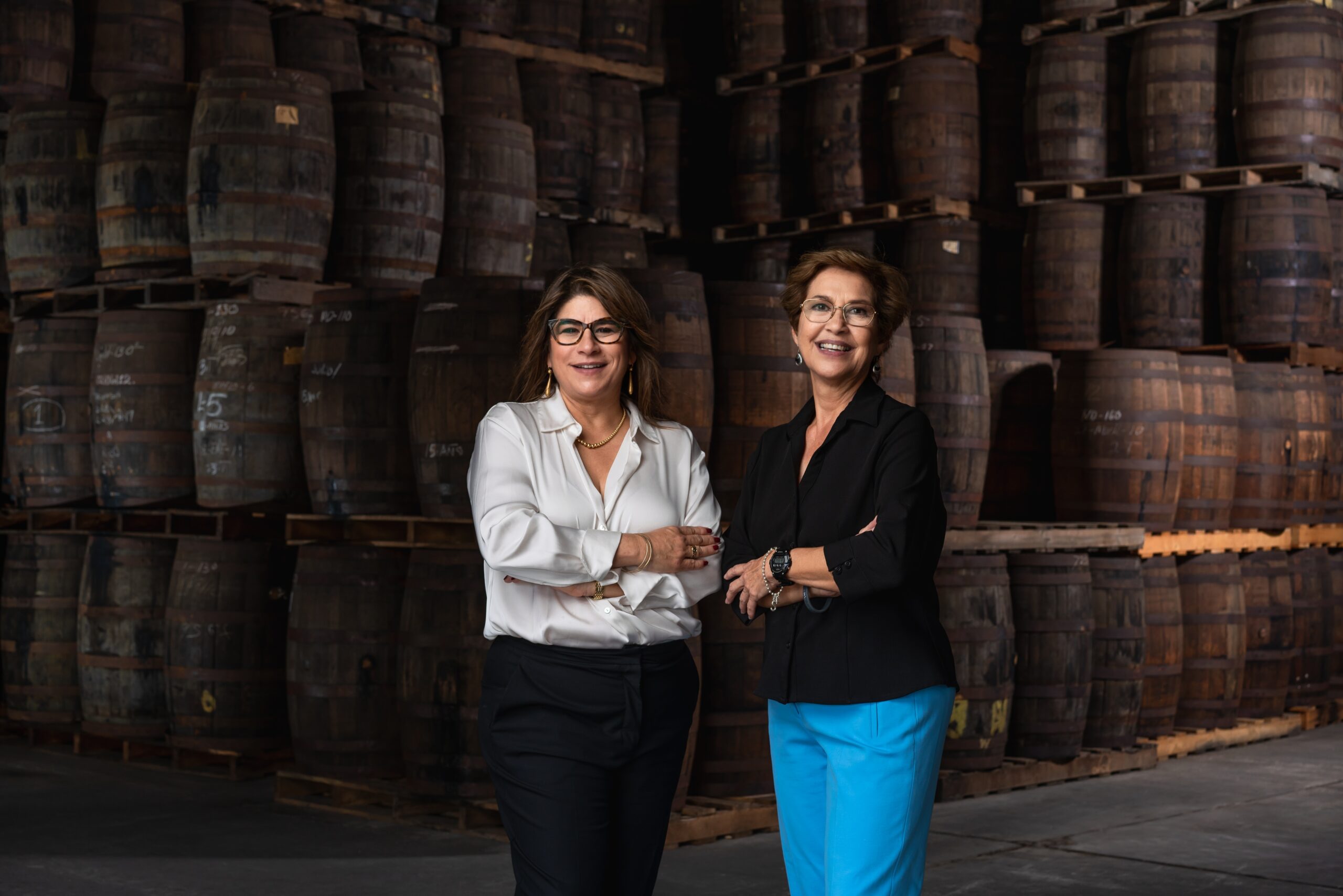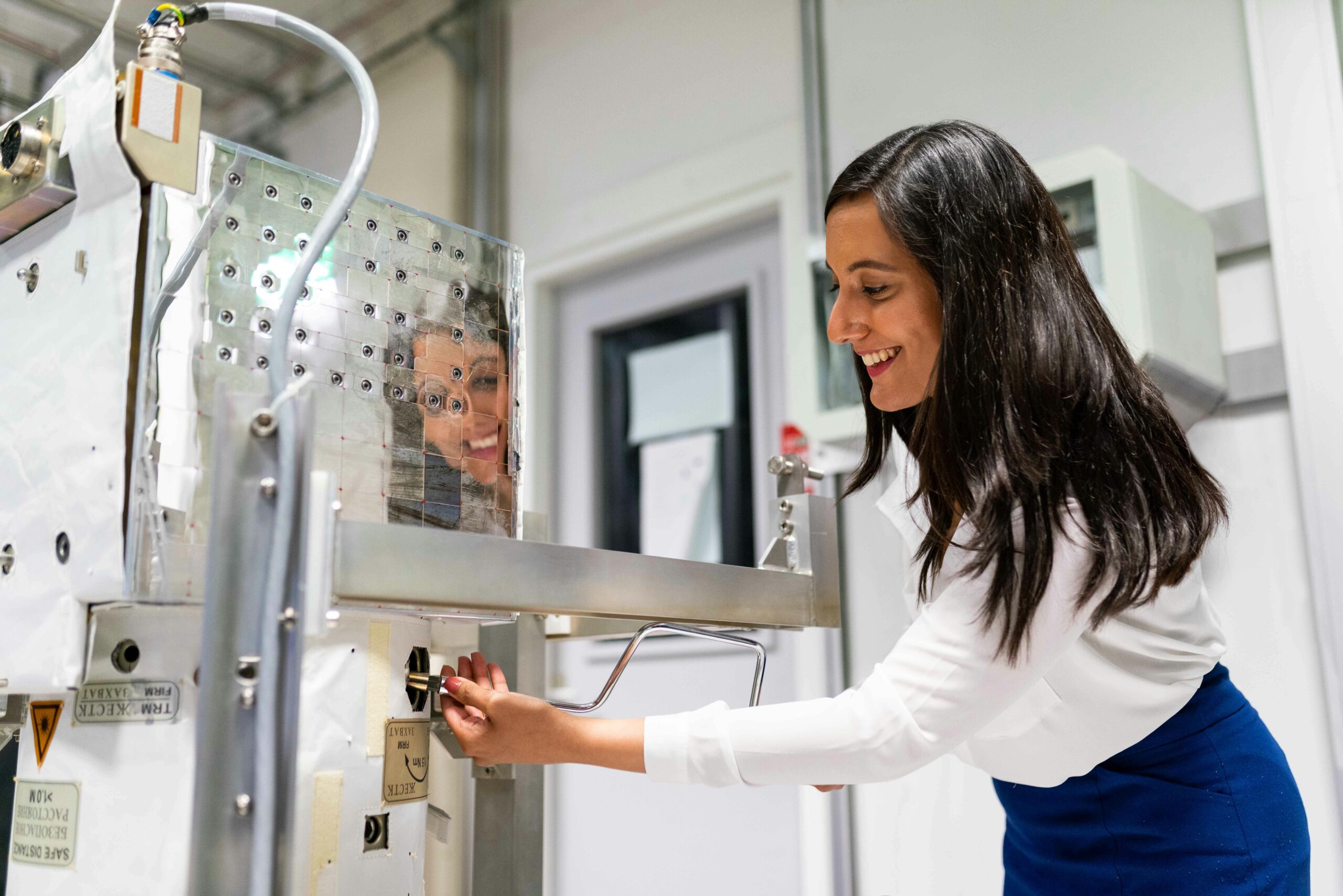
On a recent Saturday evening in Lower Manhattan, nearly two dozen high school girls stood next to glowing laptops, displaying projects to a milling crowd. One used the online presentation tool Prezi to click through chapters of her vampire novel-in-progress, which, she says, is a metaphor for society’s fear of African Americans. Another showed off her short film, “Stop and Smell the Roses” depicting New York City scenes about journeys: subway rides, map-reading, outdoor strolls.
In voiceover narration, the filmmaker, Sharon Young, explains the uncertainty she feels about attending college in the fall: “I’m the type of person who wants to plan everything out, who wants to know what’s on the set list, if the clouds are going to be overcast, what sort of direction I’m floating in.”
Girls Write Now is largely responsible for Young’s emerging voice. Since 1998, the New York City program has paired over 5,000 underserved high school girls with established female journalists, novelists, screenwriters, bloggers and other digital media professionals. The teens (only 4 percent of whom are white) mainly come from the outer boroughs of Brooklyn, Queens and the Bronx to string words into poems, try their hand at reporting a story or dream up the concept for a novel.
Basic English proficiency is a challenge in many New York City high schools, so Girls Write Now helps low-income young women of color improve their communication, writing and leadership skills. With a mentor, a teenager develops a portfolio of creative work and then, during her senior year, crafts a college essay. Despite outside obstacles, every single senior who participated in Girls Write Now has gone to college — often with scholarships and accolades in tow.

As the media landscape changes rapidly, the mission of fashioning young female writers takes on a particular urgency since there’s now a chance for women of color to claim a space in a world dominated for centuries by white men. In today’s digital age, young women can control their own narrative by telling it themselves online, reaching a wide audience, says Veronica Black, a pixie-cut-sporting filmmaker, museum curator and Young’s mentor.
Which is why Girls Write Now offers a special digital media program that trains teens in creative uses of the latest technology.
“At the end…girls are equipped to tell a story in GIFs, write a poem in HTML, and take their words to the next level. From narrative games to audio and animation, writing isn’t just in ink anymore,” says Maya Nussbaum, Girls Write Now’s founder.
Sharon Young’s participation in the digital media program was unplanned. (Coincidentally, so was Veronica Black’s.) Initially shy, Sharon, a Harlem native and recent graduate of The High School for Math, Science and Engineering, one of New York City’s nine specialized magnet schools, kept her opinions to herself, needing several meetings before really opening up to Veronica.

Together, the pair experimented using various types of digital media before Sharon discovered that film best aligns with her sensibility and visual way of thinking. (She’s attracted to the freedom that comes with a multi-platform definition of writing because she doesn’t have the patience to draft sentences until they’re perfect, preferring the spontaneity of capturing unplanned beauty on camera.)
Suddenly, questions about classic movies, how to write a script and what Veronica had learned from her own video projects flowed out of the once-quiet girl. One night, as Sharon worked on her vlog, she glanced up from her video-editing software and realized it was two in the morning.
“I think that’s when I realized making films was something I enjoyed,” she says.
Today, in an interview at Girls Write Now’s offices in midtown, Sharon displays confidence, especially with her mentor beside her. After three years together, they understand each other, laughing about inside jokes and grading each other’s metaphors.
“[Veronica has] been very supportive of my ideas and helped me turn them into reality. She helped me to be vulnerable in my writing and take risks,” Sharon says, sharing that her mentor “open[ed] my eyes to the different uses of digital media.”
(Sharon Young, below left, Veronica Black, below right)

While many of Sharon’s high school classmates plan on getting STEM degrees, Girls Write Now has given her other options for next year in college (she plans to attend Hunter College, located on the Upper East Side of Manhattan) — including finding a way to bridge both science and art through technology. While scared of the future, she now understands the importance of being a female storyteller.
“It’s taking ownership of your identity, your gender, your upbringing and not falling for society’s norms for you because you’re a girl. It’s breaking those walls down,” she says, possessing the mental clarity and confidence to articulate her feelings and share them with strangers.
It’s something of a risk, she feels, but one she can’t resist. Now that she’s found her voice — and the perfect medium to share it — through Girls Write Now, there’s no sense hiding it.
















